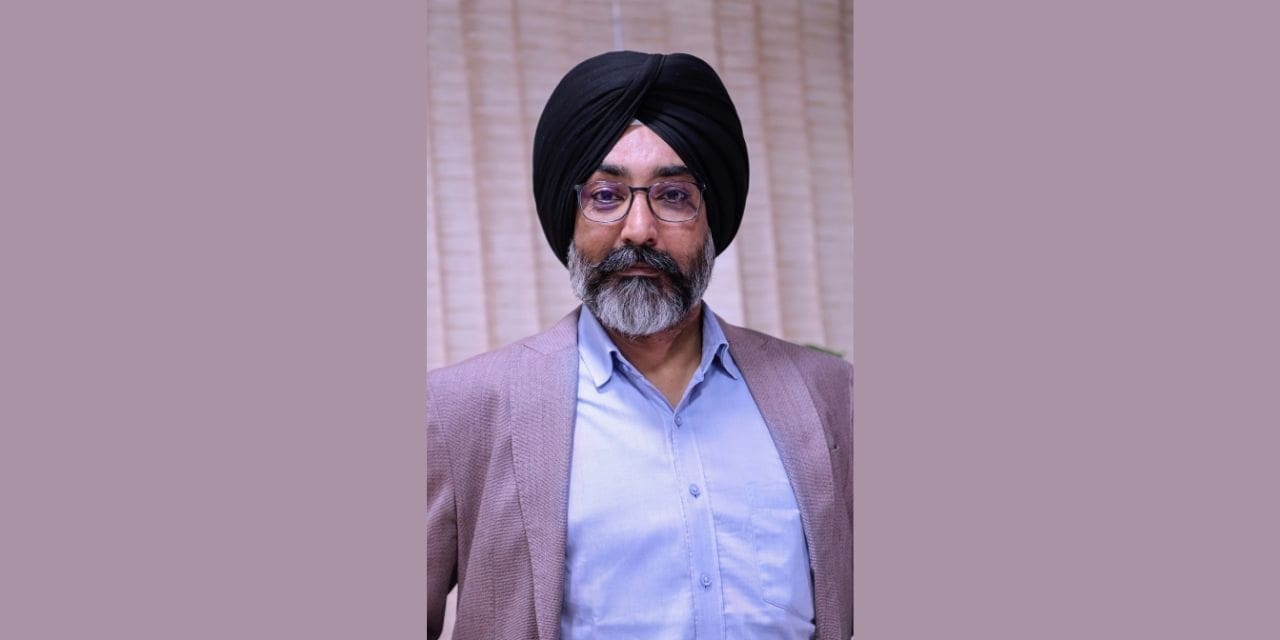Get to know the in and outs of sustainable Liva fibres and the Grasim Industries, Pulp and Fibre business with Mr. Manmohan Singh, CMO in an exclusive interview with Textitle Value Chain.
- What is Grasim Industries; vision for the future, both in terms of business growth and sustainability goals?
To be the most preferred supplier in manmade cellulosic fibre for our customers backed by our strong sustainability credentials.
- What are Different Solution / Services offered from Grasim industry, Example: LAPF, Diva etc
Birla Cellulose provides services across to our value chain partners to ensure our fibers provides the best quality fabric and updated design to the brands and consumers:
- Customer Technical Service ( CTS ) team helps in providing technical services to spinners to spin manmade cellulosic fibre effectively.
- Value Chain Department provides dedicated techno commercial services to textile value chain (fabricator, processing, garmenting) through our Liva Accredited Partnership Forum (LAPF)
- GreenTrack™ traceability platform provides forest to garment traceability of sustainable viscose fibre across the value chain to the end consumer.
- Liva Design Studios – at various location globally provides a platform to show various options of fabric made with our fibers by our LAPF partners to buying houses, brands. This is over and above what we show case at various global exhibition.
- Design Team provides seasonal design using our fibers every season based on which our LAPF partners create targeted fabrics collections that are being show cased and selected by brands.
- How does Grasim Industries ensure sustainable and responsible sourcing of raw materials for its pulp and fibre products?
We use 4 principles to ensure that all our process and products are sustainable.
- Responsible sourcing
- Responsible Manufacturing
- Responsible focus on circular products
- Responsible for social development
- Could you explain the manufacturing process of your pulp and fibre products and highlight any innovative technologies or practices that contribute to sustainability?
As part of our sustainable approach to responsible sourcing our pulp source is 100% FSC certified forest. We do not source our pulp from the endangered forest.
Our manufacturing initiative has the best-in-class manufacturing standard like EU BAT, where we use least energy, water and no landfill ensuring we strive towards carbon neutral net zero by 2040 and at same time we are targeting to reduce the GHG emission intensity by 50% by 2030.
- How does Grasim Industries contribute to the circular economy and promote the recycling and reuse of textile waste?
We are pioneer in making circular fibre where we put textile wastes as feedstock to make sustainable viscose fibre. Our Reviva brand uses both pre consumer and post-consumer textile wastes
- Can you share any initiatives or collaborations that Grasim Industries has undertaken to support local communities and improve social well-being in the areas where you operate?
Our key priority is to ensure safety and health of the people working at our sites and the community that surrounds us. They form an integral part of our socioeconomic and inclusive development initiatives. Human rights, fair wages, gender equality, zero discrimination policy, grievances management and following ILO conventions are some of the enablers to create healthy workplace.
- What role does innovation play in the development of new pulp and fibre products at Grasim Industries? Are there any recent advancements or upcoming projects you can highlight?
For Grasim Industries, Innovation plays a key role to develop future fibers. With help of our R&D team we have developed future fibre which are more sustainable and circular. We have launched Reviva brand of fibre which has textile waste as major component. This is a key initiative to put textile waste back to circular value chain.
- How does Grasim Industries priorities environmental stewardship and reduce its carbon footprint throughout the value chain?
Grasim Industries has taken several technological advancements in sustainable manufacturing of manmade cellulosic fibre. We are the first manmade cellulosic company in the world to install ZLD technology (Zero Liquid Discharge) to ensure we 100% reuse our water. Our water consumption is lowest in the world for manufacturing manmade cellulose. We have also taken initiative to reduce energy and use renewal energy.
We not only enhanced our own technology, we have helped our value chain to improve their respective manufacturing process by providing traceability platform, where the brands and consumers can track the movement of our fibre from free to garment which provides details of each value chain who helps in conversion of the fibre to garment.
- What are the key challenges or opportunities you see in the pulp and fibre industry, particularly in terms of sustainability and market demand?
Biggest challenge for textile and apparel industry is reuse of textile waste that is getting generated. Currently only 1% of global textile waste reused. As every challenge brings an opportunity, Grasim Industries is investing in core R&D to use the textile waste to make manmade cellulosic fibre that can used back to make garments.
- World is moving towards Block Chain, AI, Internet of Things; How Birla Cellulose has initiative on this?
In addition to adoption the AI lead manufacturing practices, Birla Cellulose is leading in track and traceability platform- GreenTrack® by using block chain technology for providing complete traceability of our fibre from forest to garment.

